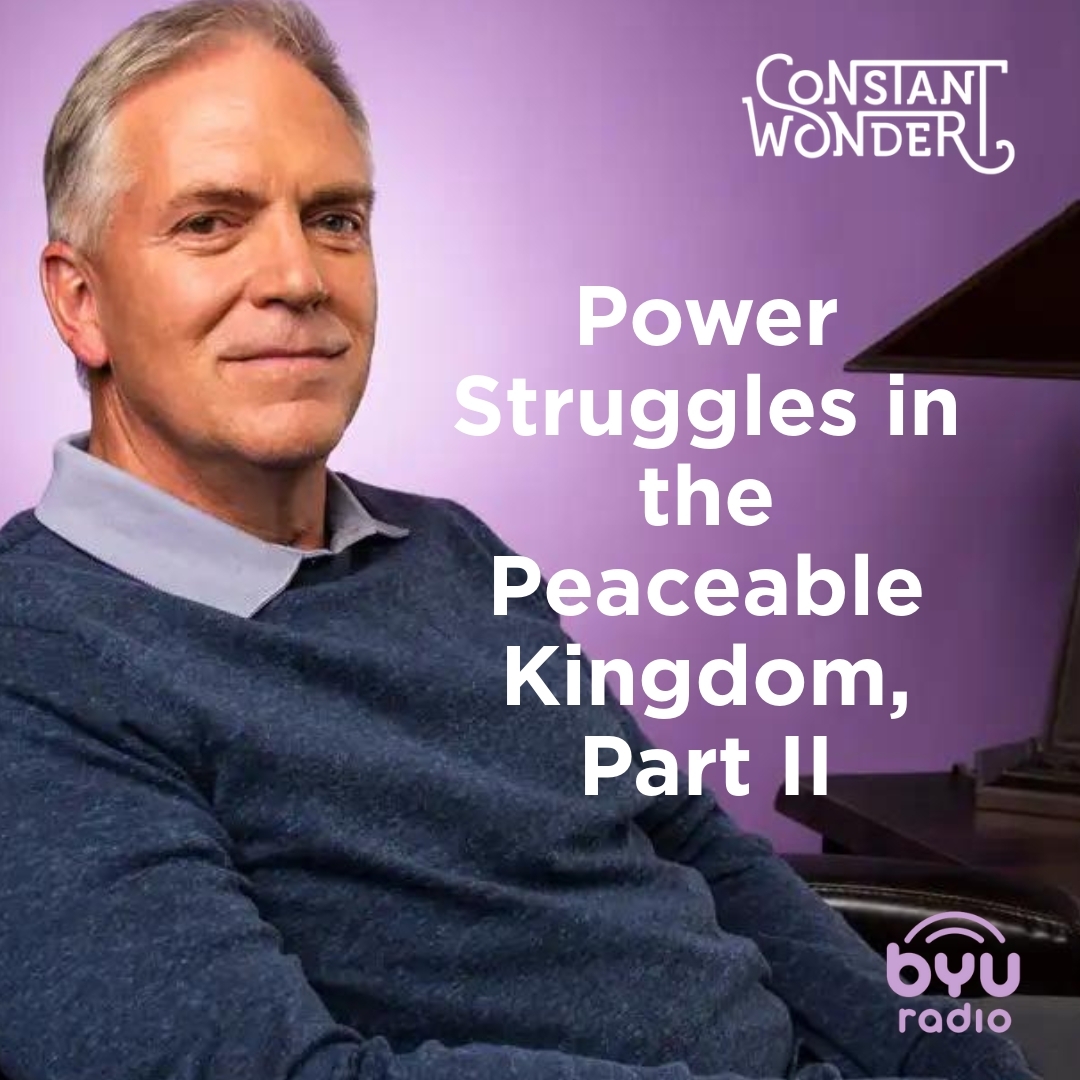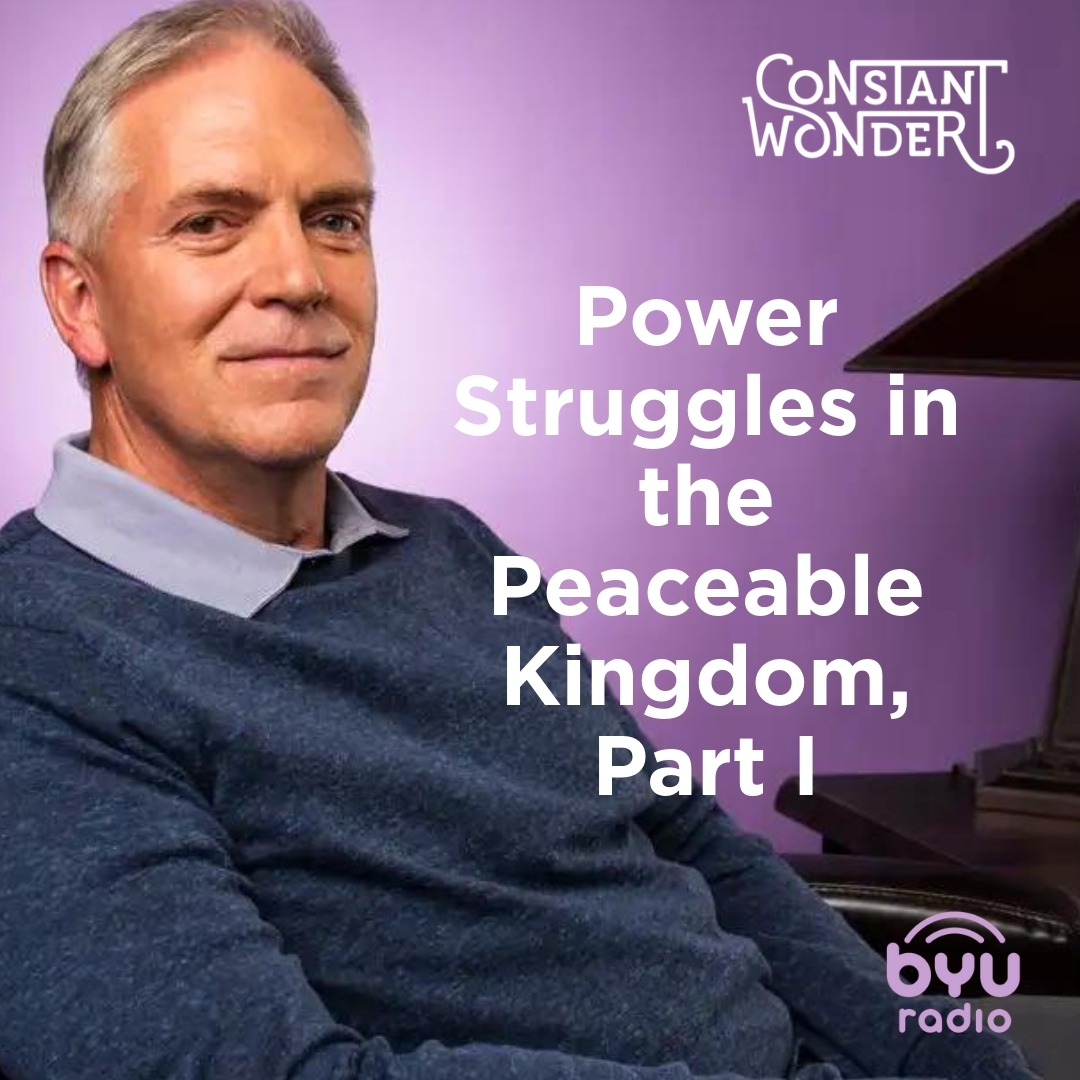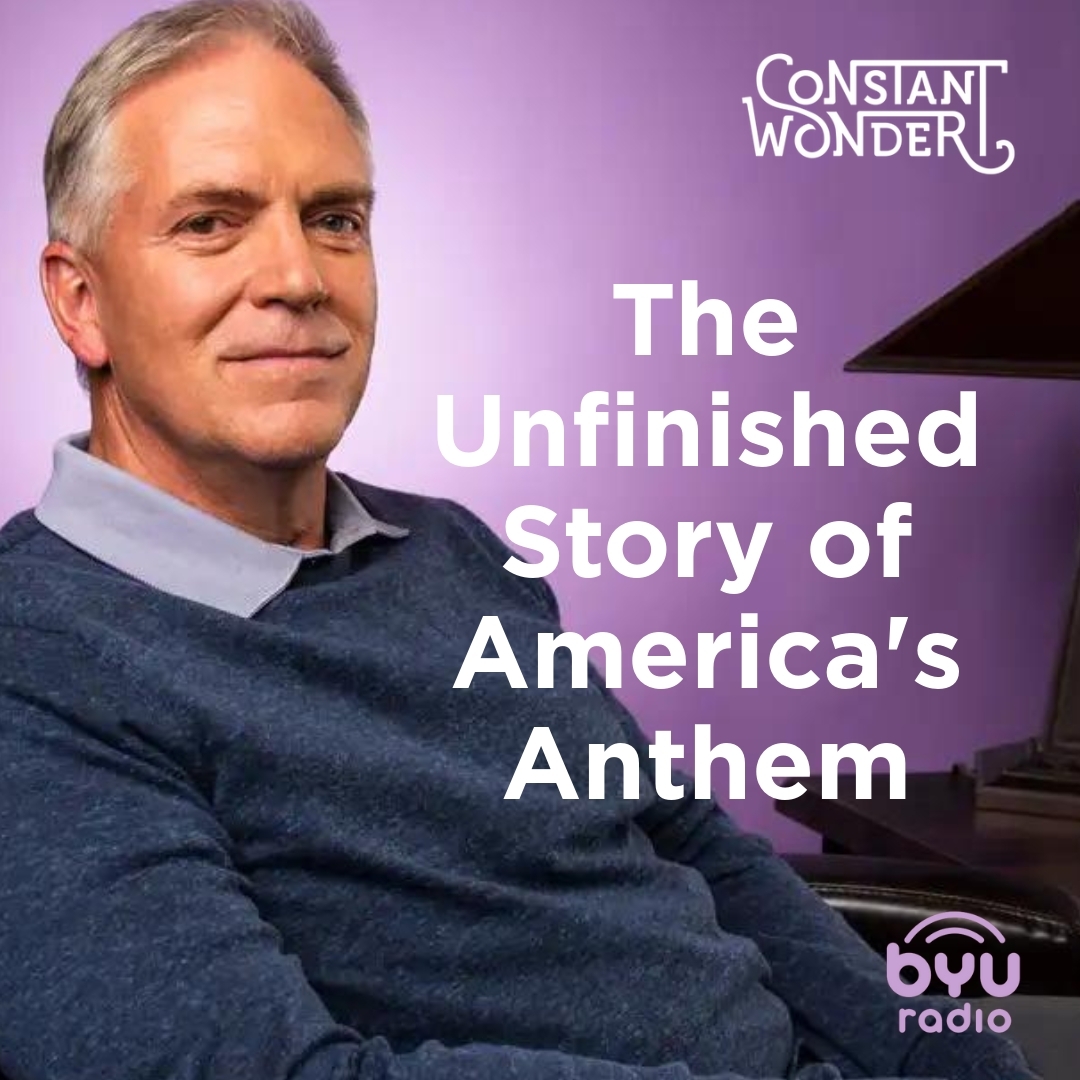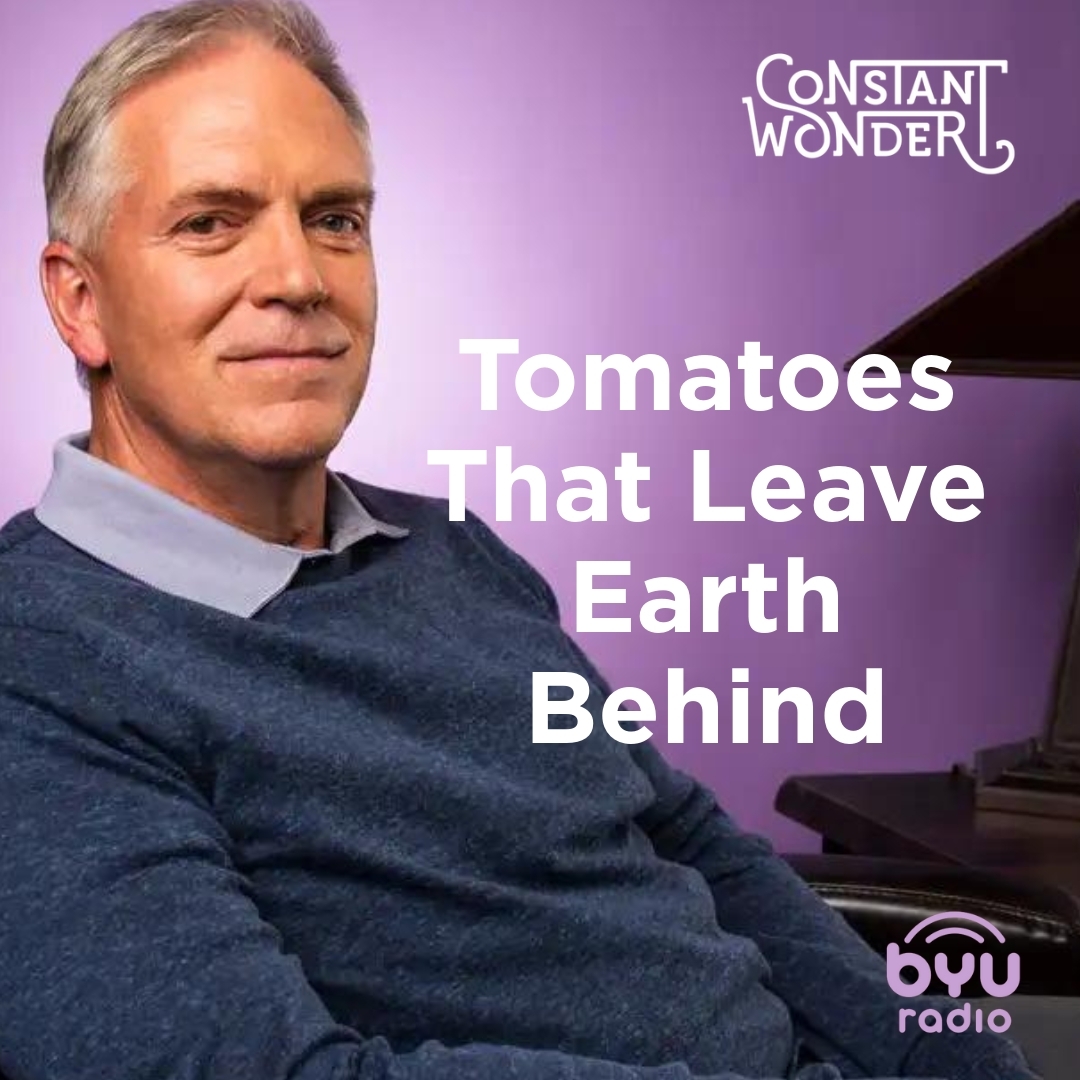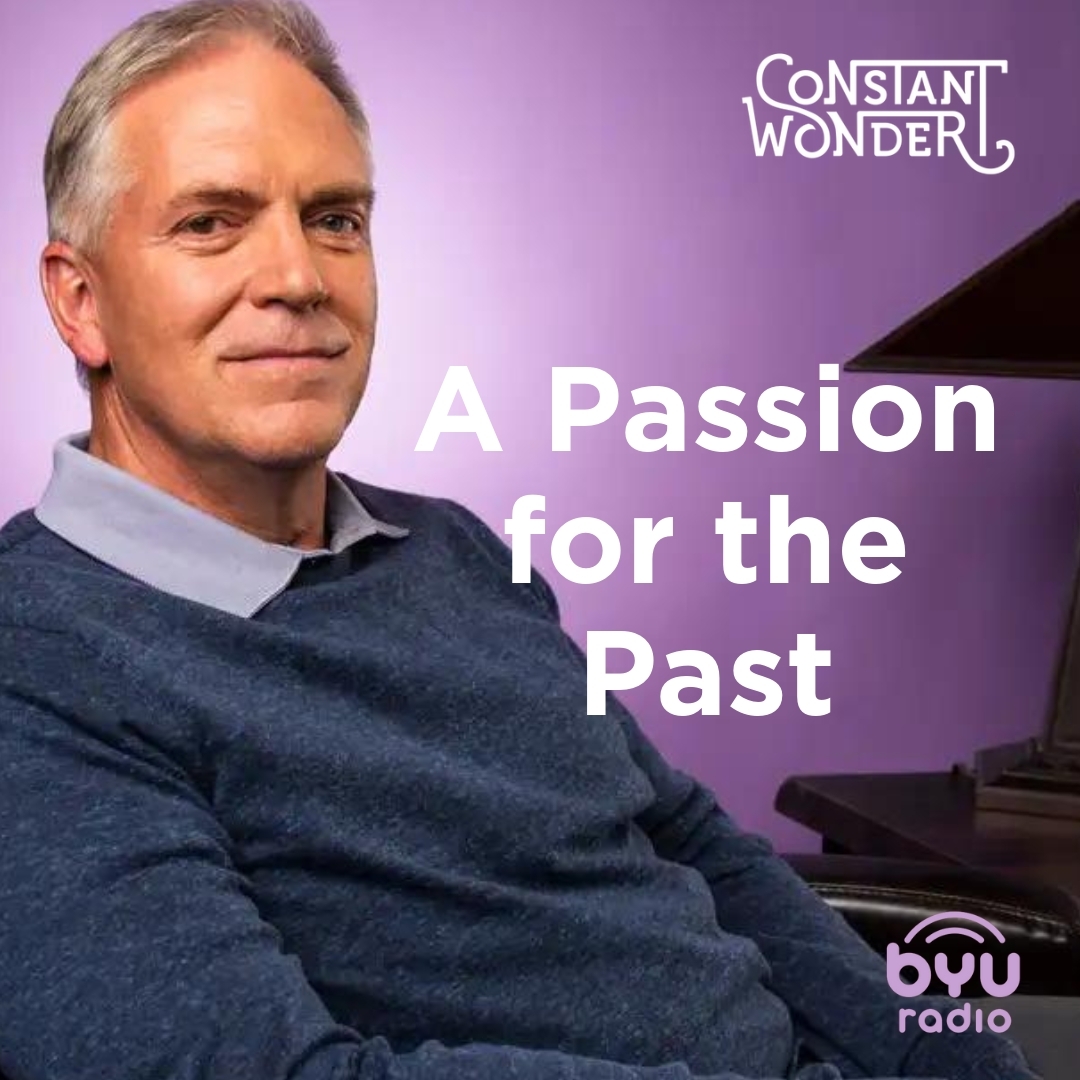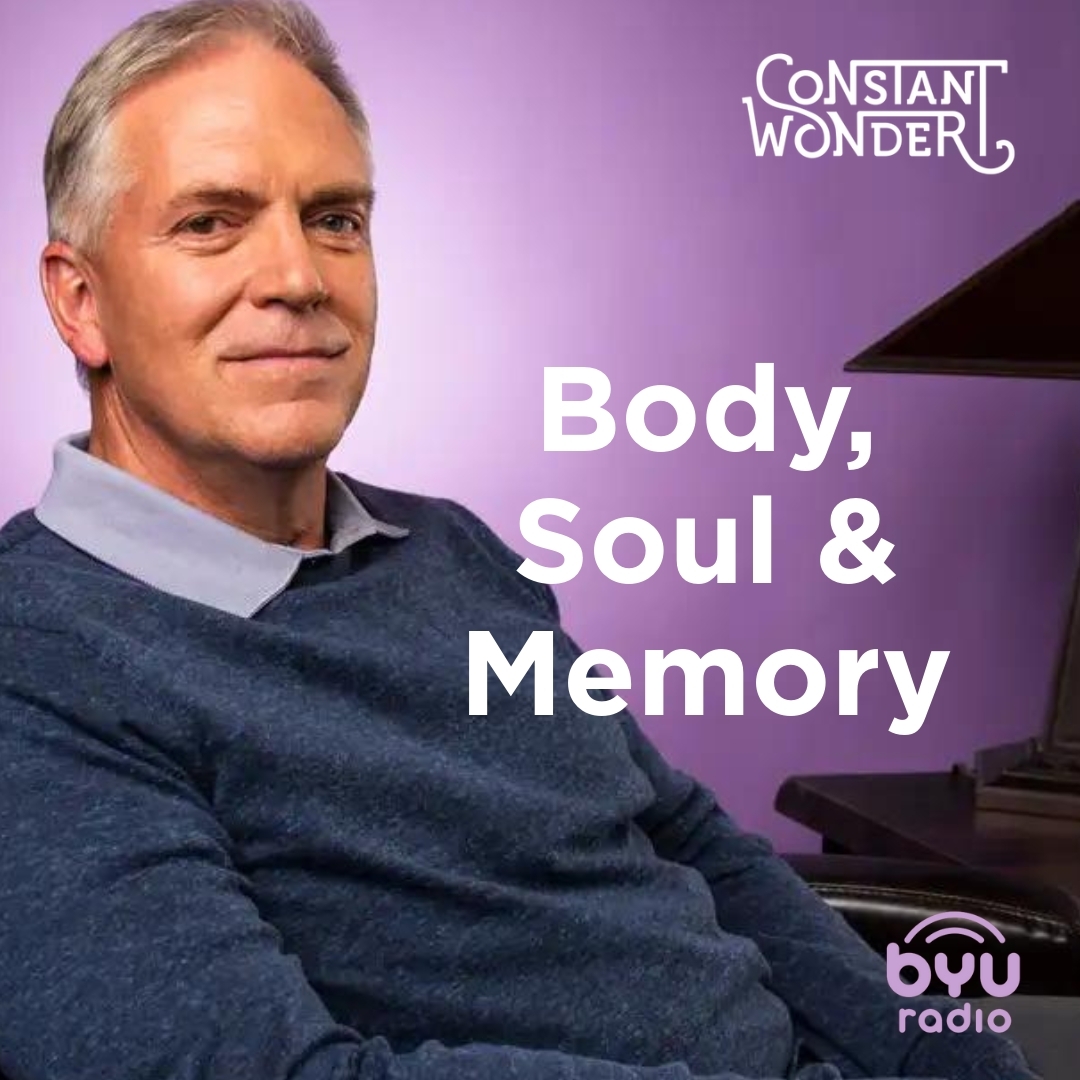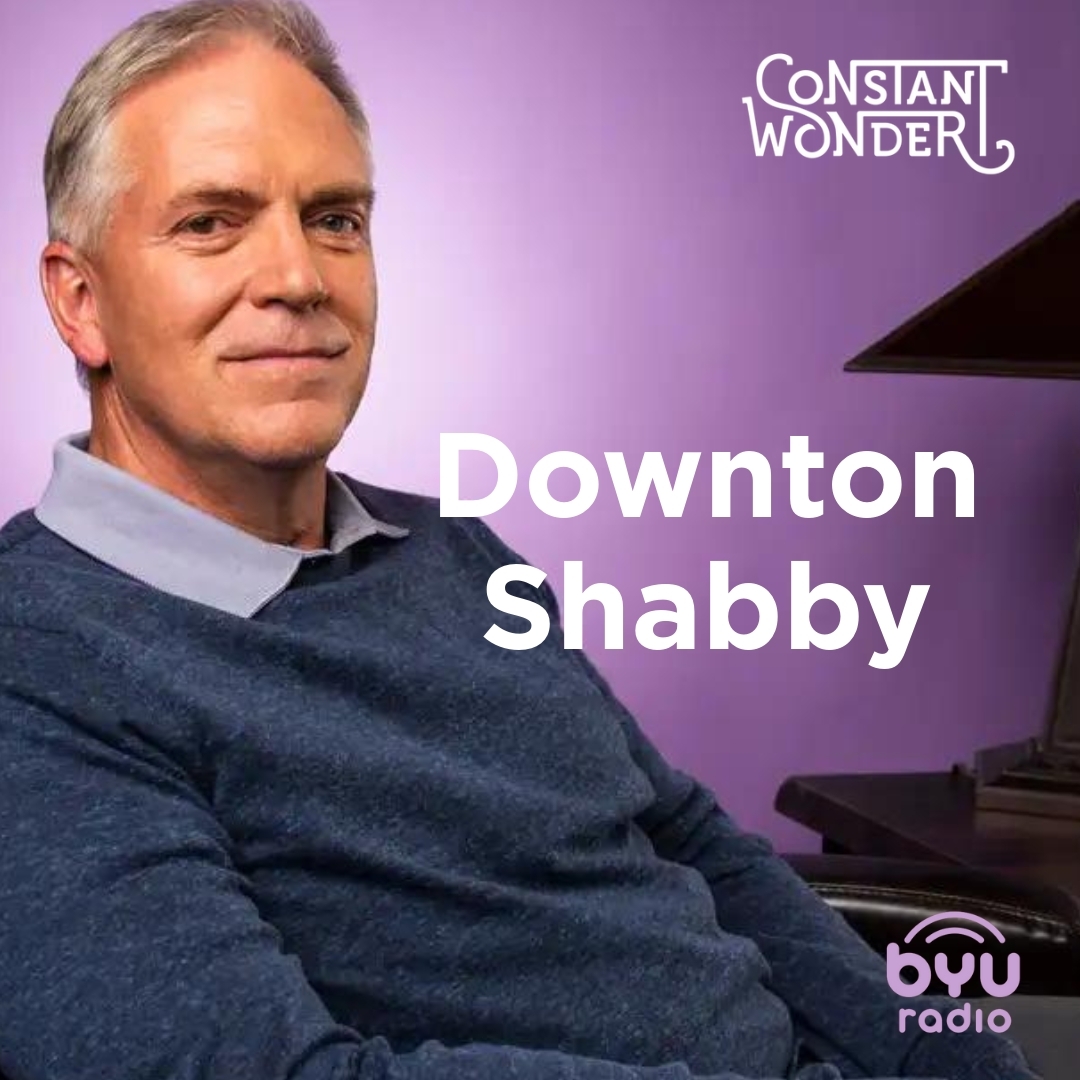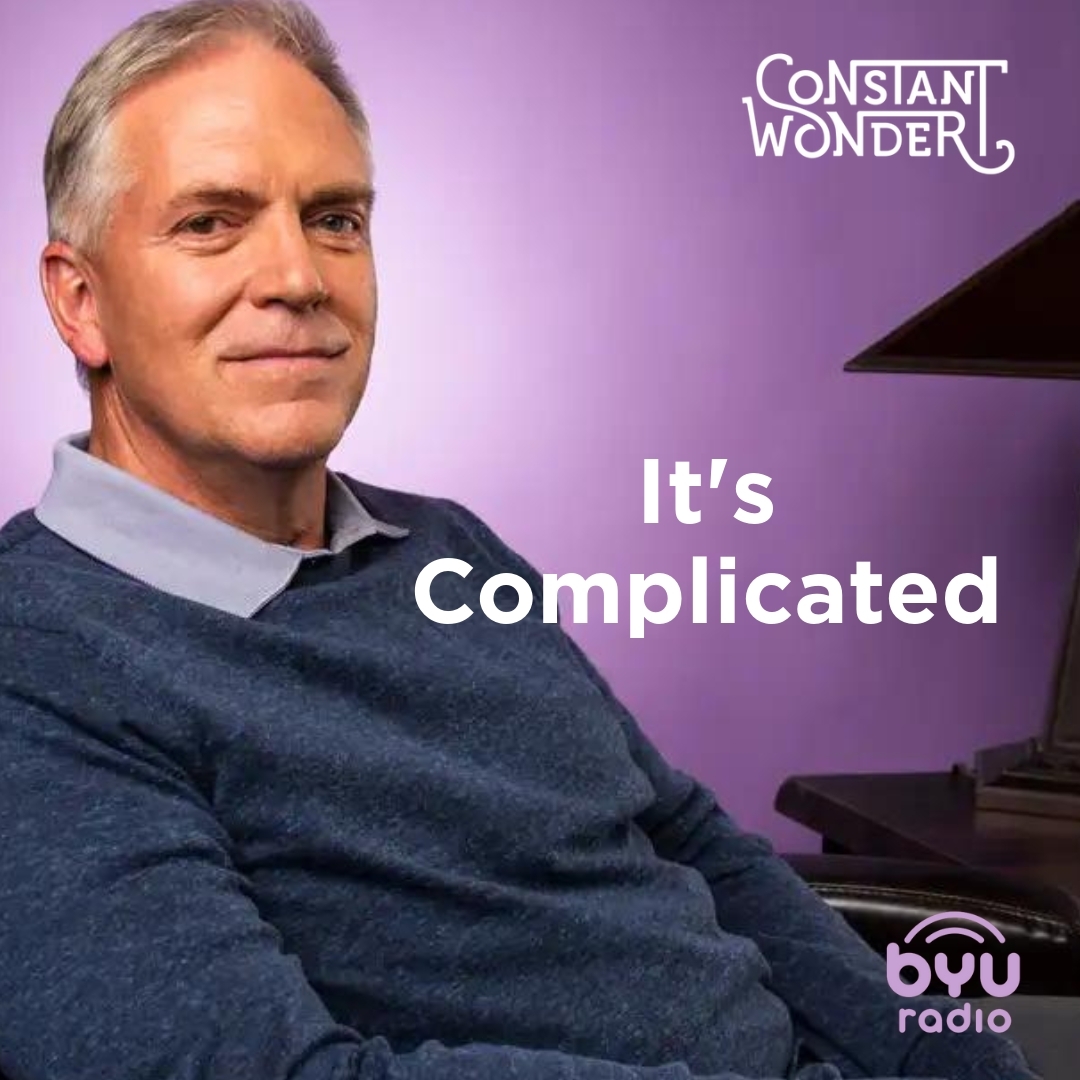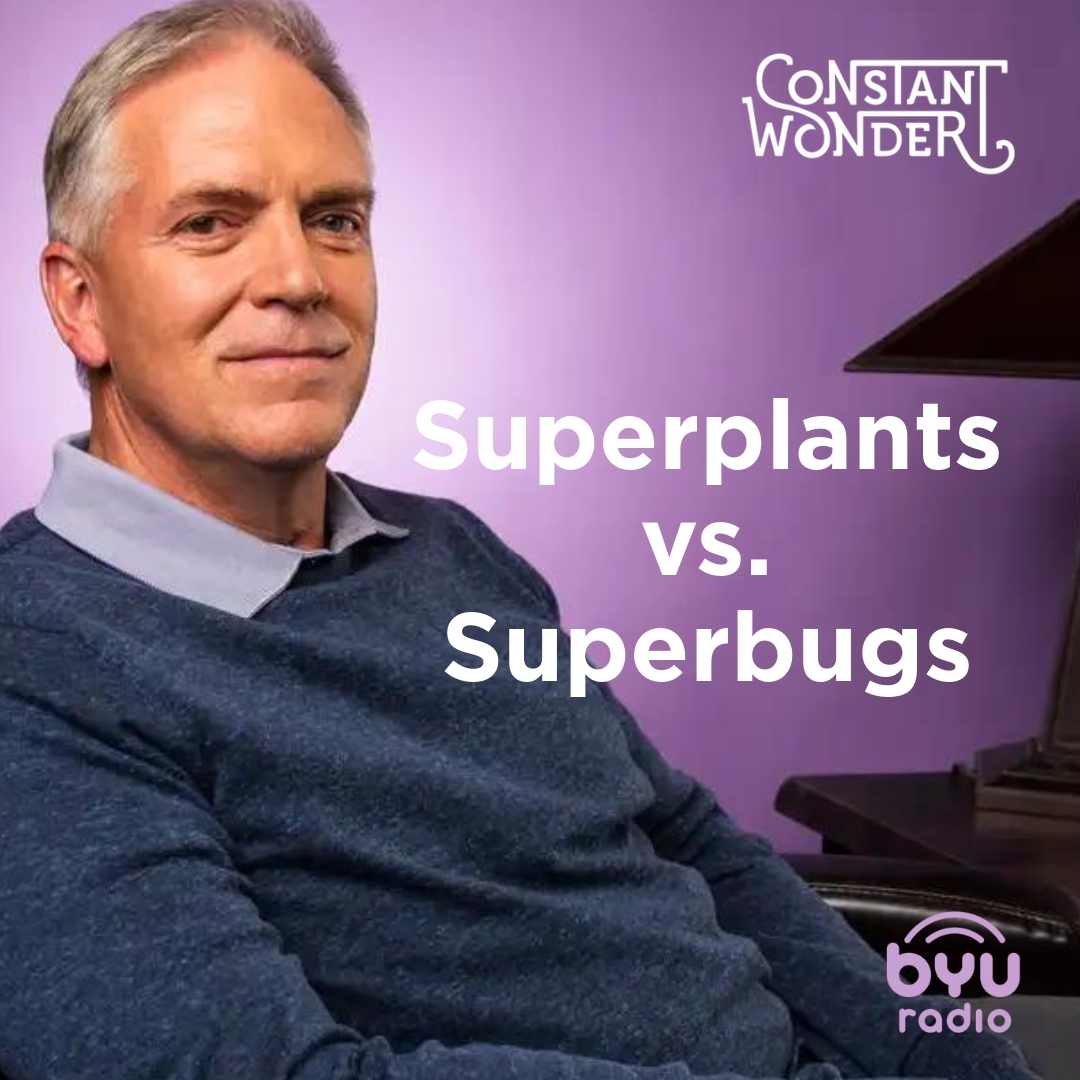Stay in tune with our phenomenal world. Join us for explorations of science, art, history, and more. We’re on a quest to find awe and wonder in all nature—human or wild, vast or small. Encounters that move us beyond words. Hosted by Marcus Smith, Constant Wonder is a production of BYUradio.
Adam Nicolson went looking for tranquility and reflection when he built tide pools along Scotland's harsh coastline. He found plenty to reflect on, but things were not so peaceful in the pools. He discovered that to maintain harmony in the wild, species need to be at each others' throats.
There's plenty of warfare in animal kingdom, even within a species: battalions of mongooses square off against each other, hermit crabs evict each other in the quest for the perfect shell, ravens rally their brothers to back them up in a rumble. Sounds almost like West Side Story. But all of this conflict actually leads to more peace and harmony, not less.
A true national anthem isn't set by law: it's chosen by the people, often emerges out of conflict, and its meaning shifts over time. All of that and more is true of The Star-Spangled Banner. But still, it was sung by four generations of Americans before it became our official anthem. It's been translated into 40 languages, requires extraordinary athleticism to sing, and has long been both an object of awe and a lightening rod for controversy.
This greenhouse in the Utah desert seems to be right out of science fiction, where yummy tomatoes grow without soil and produce for nearly an entire year. The greenhouse gets heat and CO2 from a natural-gas power plant to which it is linked by a sort of umbilical cord. Within this bubble of clean, warm air, bumblebees pollinate the vines, and wasps fend off parasites. Whether you hope to build a colony on Mars or just aim to get a good tomato when there's snow on the ground, this is a good place to start.
"The past is never dead," wrote William Faulkner. "It's not even past." Ron Coddington was a young boy at a flea market one Saturday, when he stumbled on a book of Civil War-era photos and felt his world shift beneath his feet. The boy's passion deepened as he grew to adulthood, maturing into a deeply felt obligation to uncover these stories. Many photos of the time were preserved on calling cards ("cartes de visite") that people would hand out to others, much like the profile pictures we post on social media today.
An old friend of Benjamin Franklin always regretted not having asked the founding father if he could taxidermize his body. He thought Franklin might have agreed, and then maybe George Washington might have also followed suit. But (maybe to our collective relief) what we do have, instead, as a tangible reminder of our first president are several collections of cuttings from his hair. In the days before photography, a lock of hair might be the only proof that a person had access to a notable man like Washington.
Meet the improbable rescuer of a dilapidated English manor house: Hopwood DePree, a Hollywood producer having a mid-life crisis. He'd heard rumors about his family's ancestral castle, and when he discovers that it really exists–but in a shocking state of disrepair–he goes all in to save it.
In Auschwitz, twenty-five Jewish slaves used their sewing skills to survive the Holocaust. The Upper Tailoring Studio, run by the commandant's wife, Hedwig Höss, and a prisoner, Marta Fuchs, was created to design, cut, and sew popular fashions for the Nazi elite. But it was also the means of saving Jewish women from the gas chambers.
Why do some cultures object to dogs the way that we object to rats? And why do we object to rats? Simon Barnes says they're our brothers. We explore who's really domesticating whom in the pet ownership process, why we choose to protect certain wild animals over others, how there's no such thing as the natural world, and many other assumptions about our relationships with animals.
After losing a leg as a toddler and struggling with repeated infections, Cassandra Quave became obsessed, even as a young child, with preventing infection. That obsession has led her from Florida's swamps to the Peruvian Amazon in pursuit of plants that can defeat antibiotic-resistant superbugs. Her stories are personal, riveting and inspiring, and they offer hope for a medical future that's quite different from our present.

